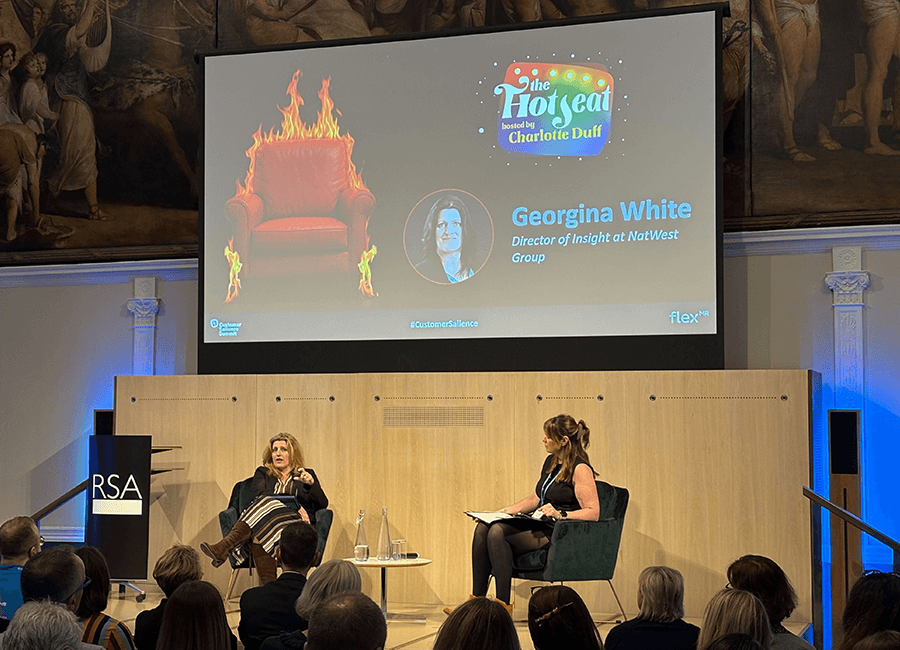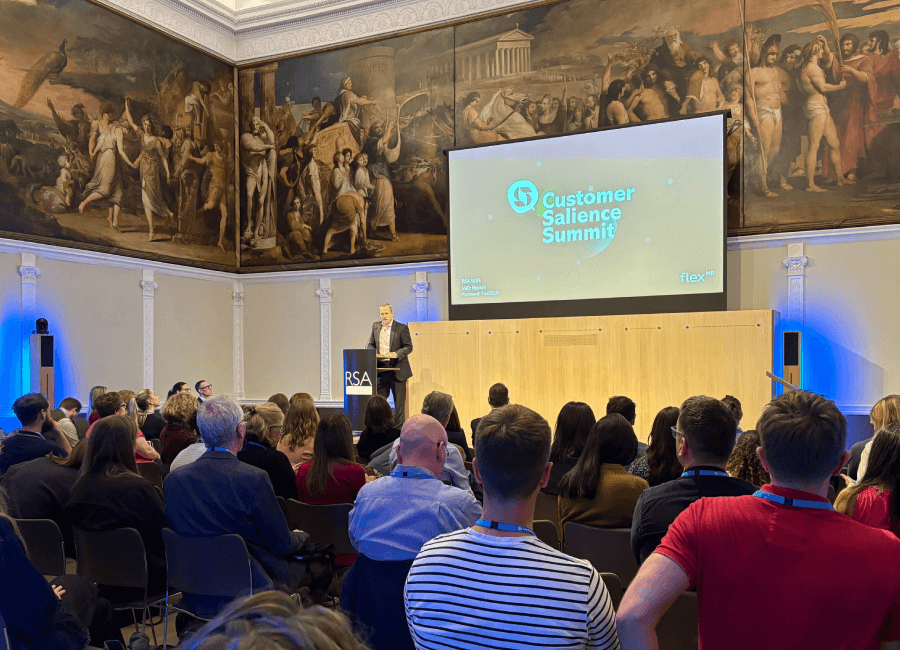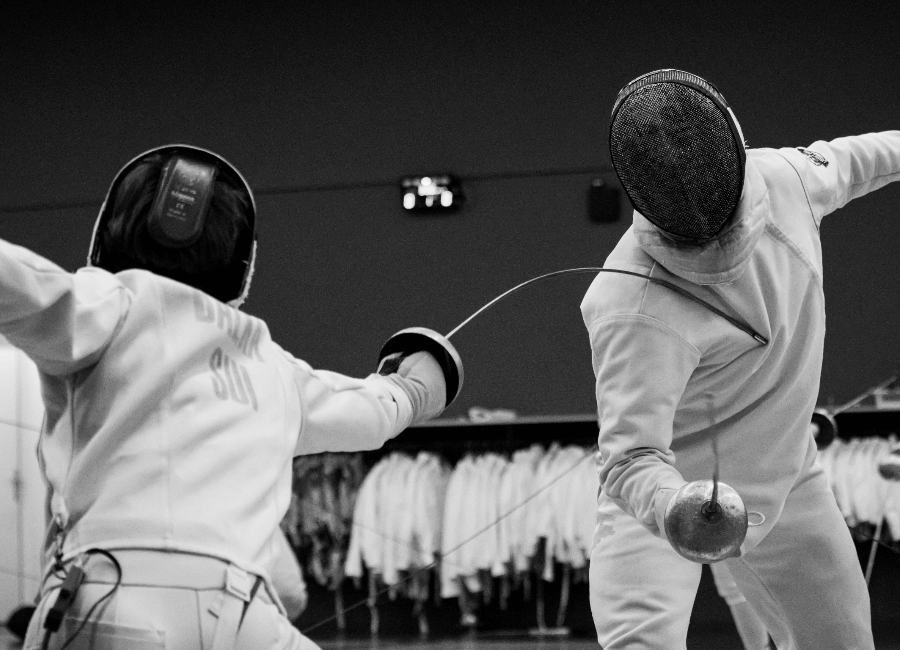Picture yourself standing in the face of some free time. In my dreams, I know, but hear me out. You are now faced with a choice: you can pick up a new hobby to fill that time creatively and productively, or you could leave it free. While it is tempting to leave it free, you like the idea of a new hobby enriching your life. The issue is that while you feel the desire to pick up this new hobby, and you definitely have one in mind to enjoy, you find it difficult to mobilise enough to follow through and actually integrate this new hobby into your life. Whether this is due to external distractions or internal idleness, the ability to act on this can be tricky.
And this can also be what stumps stakeholders into inaction when presented with instantly actionable insights.
This experience is best visualised through the Gestalt Cycle of Experience.
The Cycle of Experience and Business

While initially developed in the 1950s by Frederick (Fritz) Peris, Laura Peris and Paul Goodman, the Gestalt cycle of experience provides an easy understanding of how we navigate human experiences as we respond to arising needs. It is a non-linear cycle that we move back and forth along depending on multiple external and internal factors, starting with ‘sensation’ and ending (if that is what you can call it in a cycle) with ‘withdrawal’.
The situation outlined in the introduction typically takes place in the ‘withdrawal’ stage, when you’ve already completed an experience and had the time to really enjoy the satisfaction of it. In this withdrawal stage, the motivation to do something typically starts to build and any inspiration is enough to whisk you off into the beginning stages of the next experience: ‘sensation’ and ‘awareness’. These two beginning stages are simple enough, with our mind being ready to recognise the new desire (or even need if there is a sense of discomfort attached to the continuing inhabitation of the ‘withdrawal’ stage) to start the next experience.
Where most experiences fail is in the ‘mobilisation’ and ‘action’ stages. And in businesses, this is where stakeholders falter. While it’s somewhat easier to enter the ‘mobilisation’ stage, where stakeholders might seek out insights from databases, insight teams, or historical reports, the ‘action’ stage where stakeholders would take those insights and use them to great effect in daily decisions or strategic alterations is where they stumble. This is the challenge that insight experts in all industries have come up against time and again, and where we have directed many resources in recent years to try and get stakeholders passed this point. Mostly to no avail.
How the Cycle Can Help
In making this model, the creators of Gestalt Therapy also gave us the resources to overcome the challenge of inaction. It is used typically by therapists, counsellors and coaches to help us understand our behaviours and experiences, and to pinpoint areas where we get stuck; through this, there are coping mechanisms and actions available to help us break through the stage we struggle most to move beyond.
For stakeholders stuck in the ‘mobilisation’ stage unable to move beyond, insight experts can provide tailored support to keep the momentum going, and add more momentum to help stakeholders push through the block and into the next stage. There are a few ways that we can achieve this:
1. Removing Roadblocks
Removing the blocks to insight activation is something insight experts are currently trying to do, whether that is in-house or agency-side. The location of the insight expert will determine how much access and influence they have over stakeholders, and as such will dictate the amount of roadblock removing they can do – but it’s something we’re still trying in all areas of the insights industry.
In-house experts will have more roadblocks they can influence, such as correcting any limited access to research and insights or giving more strategy-specific or team-specific or even stakeholder-specific recommendations on how to act with the insights provided. Another tactic to try is to create new touchpoints where stakeholders can directly interact with customers to better establish customer salience – and this is something both in-house and agency experts will be able to achieve to different degrees of success.
2. Action Through Connection
Building on the increased customer connection through touchpoints idea, increasing connection in the business will also yield some success when activating insights. One way to achieve this is to increase the connection to insight experts who can actively help stakeholders to implement insights best into their personal strategies (either through continuous education or active collaboration).
Another way is increase the connection of the instigating stakeholder to other insight-literate stakeholders (who could also be insight advocates), who can then advise or collaborate with the instigating stakeholder and help push the desired action through past the ‘mobilisation’ stage.
3. Understand Why They Stall
Sometimes the general answers to these challenges don’t have the desired impact – and that’s because they don’t address the reason why your stakeholders are stalling. We can make educated guesses and remove the roadblocks we see, but taking the time to talk to stakeholders to see if they can provide more specific insights into the specific pain points keeping them from taking action could reveal something we’ve not thought about or realised is a significant enough issue.
| Tweet This | |
| Overcoming the challenge of stakeholder inaction is something insight experts face daily - but there are ways to encourage stakeholders to move through the cycle. |
Experiencing Customer Salience
Throughout this cycle of experience, it’s important to remember the goal and the source material. The goal being insight activation in the first part, and a better process of actioning insights in the second. And the fact that this has all come from psychological source material means that:
- There is no one-size-fits-all answer.
- Even when you find something that works for one stakeholder, it is not guaranteed to work for another.
- That thing that works for one stakeholder to push them through to the ‘action’ stage might not work forever.
These are sensitive parts of an equally sensitive process that we’re playing with, something that is personal for most people. To generalise will be to fail. However, all successful events will be a step towards true Customer Salience.


















